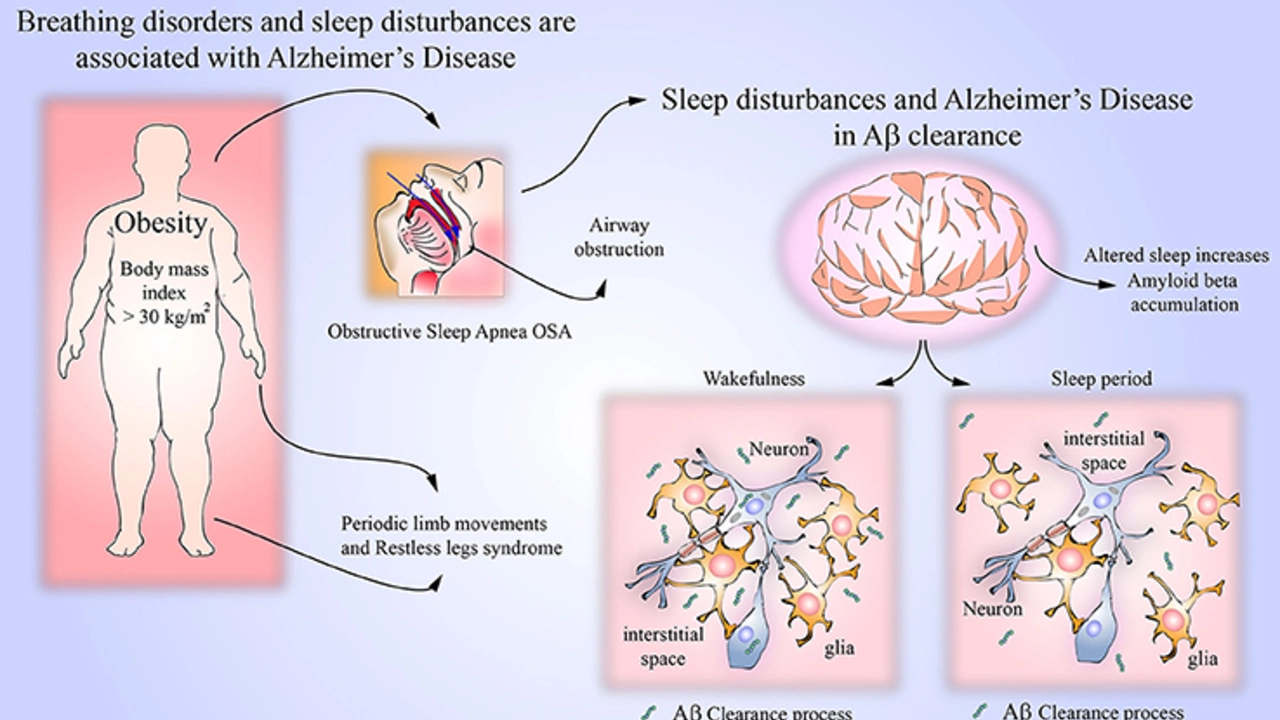Delayed Sleep Phase Syndrome – What It Is and How to Fix Your Body Clock
If you’re constantly missing the alarm, staying up late even when you’re exhausted, or feeling like a night owl in a morning‑person world, you might be dealing with Delayed Sleep Phase Syndrome (DSPS). It’s not just bad habits – it’s a real shift in your internal clock that makes falling asleep at conventional times tough. In this guide we’ll break down why DSPS happens and give you hands‑on tips to move your sleep window earlier without drastic measures.
Why Your Internal Clock Might Be Running Late
DSPS is a type of circadian rhythm disorder, meaning the body’s 24‑hour timer is set later than normal. Genetics play a big role; many people inherit a “night owl” gene that makes melatonin – the sleep hormone – release later in the evening. Light exposure also matters: bright screens or LED lighting after sunset can push the clock further back. Irregular schedules, like pulling all‑nighters for work or study, reinforce the delay and make it harder to reset.
Other factors that tip the balance include caffeine late in the day, shift‑work rotations, and certain psychiatric conditions such as anxiety or depression. The good news is that DSPS isn’t a permanent sentence – your clock can be nudged forward with consistent habits and strategic light use.
Simple Tricks to Shift Your Sleep Earlier
1. Morning Light Boost: Get bright natural light within the first hour of waking. Sunlight tells your brain that it’s daytime, advancing melatonin release for the next night. If sunrise is late, a light therapy box set to 10,000 lux for 20‑30 minutes works just as well.
2. Dim Evening Lights: Start dimming lights about two hours before you want to sleep. Reduce screen time or use blue‑light filters; the goal is to signal that bedtime is approaching. A warm lamp, a good book, and no scrolling keep melatonin on schedule.
3. Consistent Sleep‑Wake Times: Even on weekends, aim for the same wake‑up hour. Your body thrives on regularity; skipping this step can undo any progress you make during the week.
4. Gradual Schedule Shifts: Move your bedtime earlier by 15 minutes every few days rather than a big jump. This slow adjustment lets the circadian system adapt without causing severe sleep loss.
5. Watch Your Diet and Exercise: Avoid caffeine after noon and keep vigorous workouts earlier in the day. Heavy meals late at night can also delay digestion, making it harder to fall asleep on time.
Implementing these steps consistently for two to three weeks usually produces a noticeable shift. If you still struggle, consider talking to a sleep specialist about melatonin supplements taken an hour before your desired bedtime – they can give your clock an extra nudge.
Remember, DSPS isn’t just “being lazy”; it’s a biological mismatch that many people face. By tweaking light exposure, keeping a steady schedule, and making small lifestyle tweaks, you can bring your sleep window back to a more conventional hour and feel sharper during the day.




